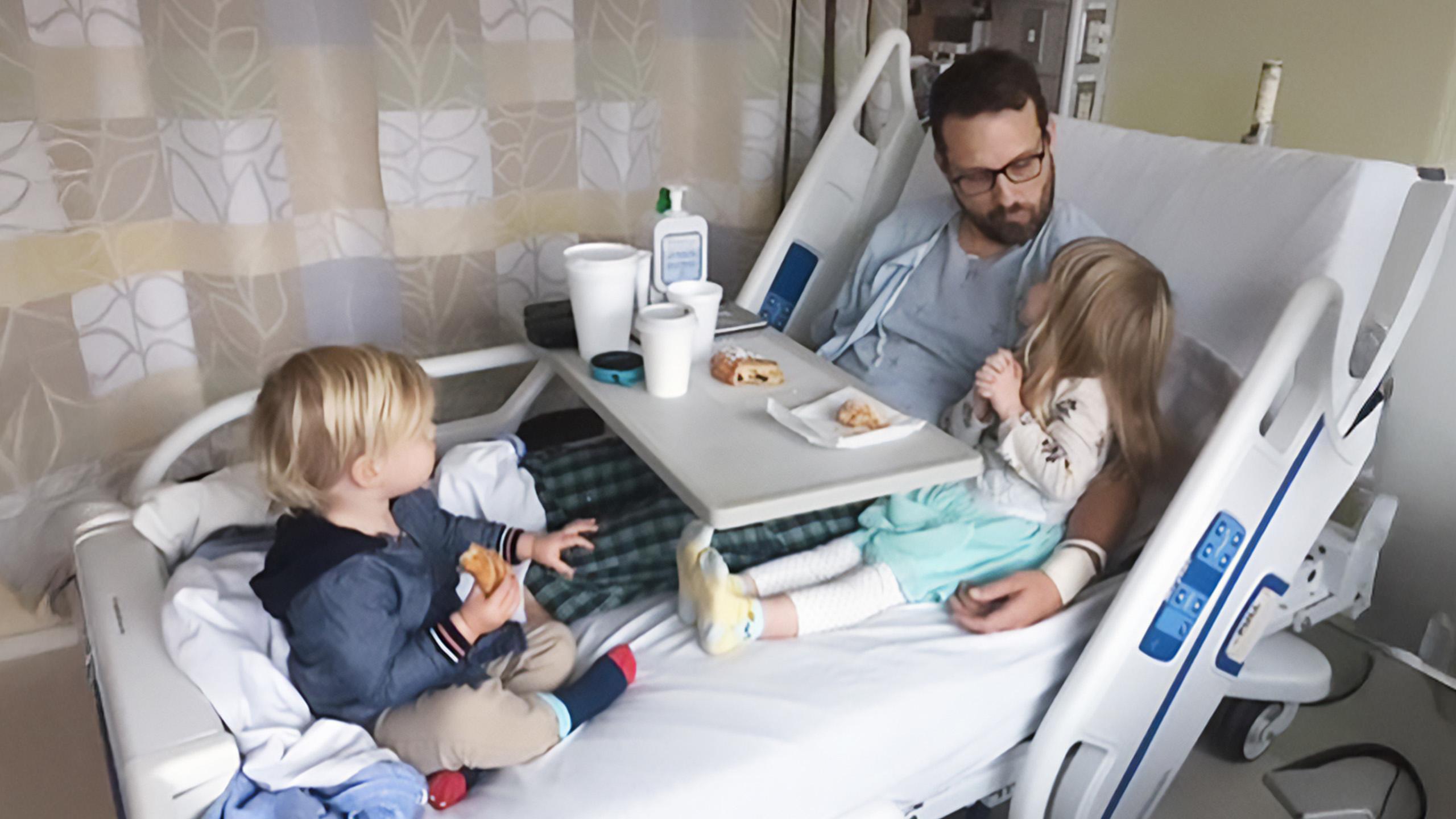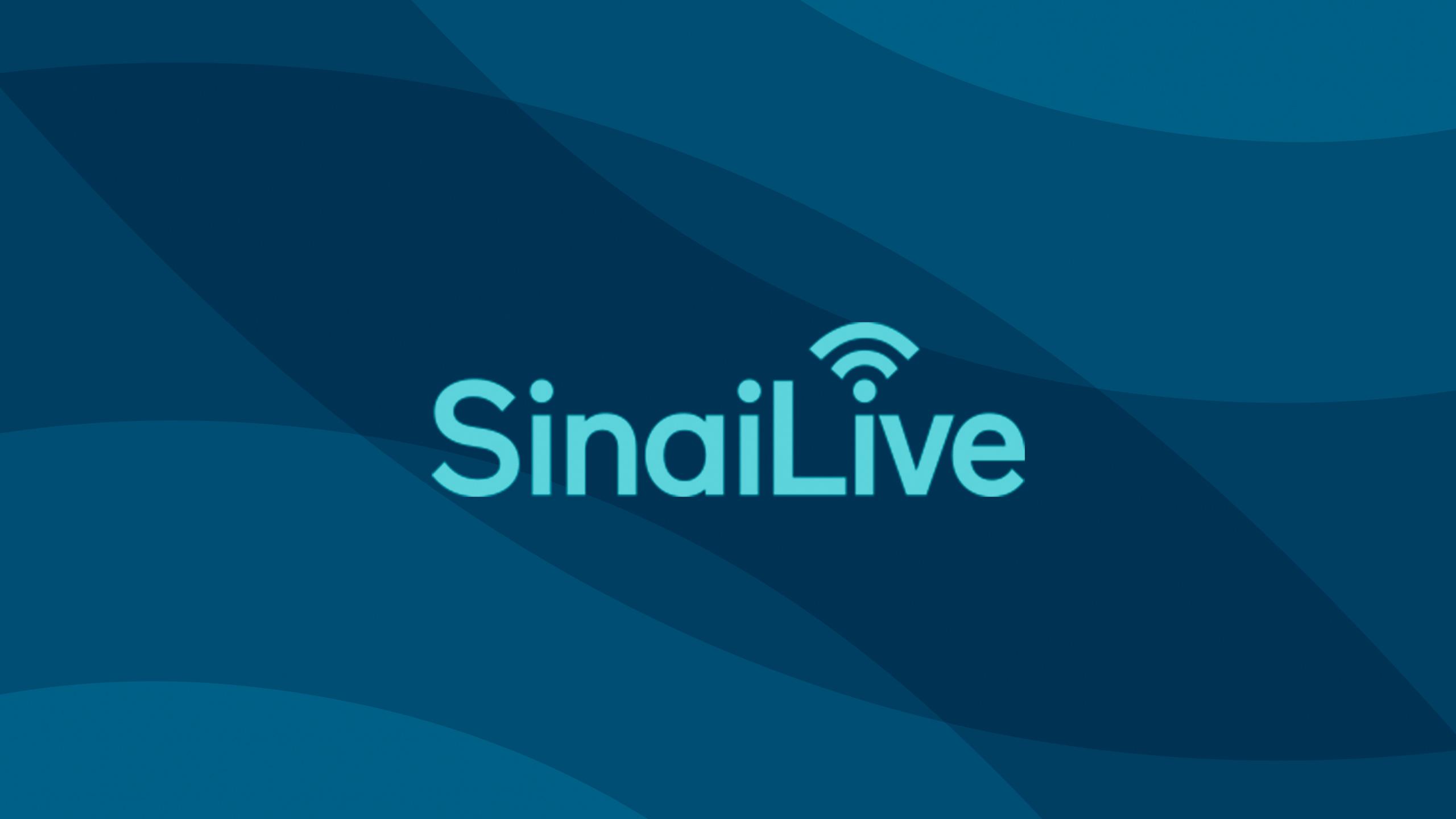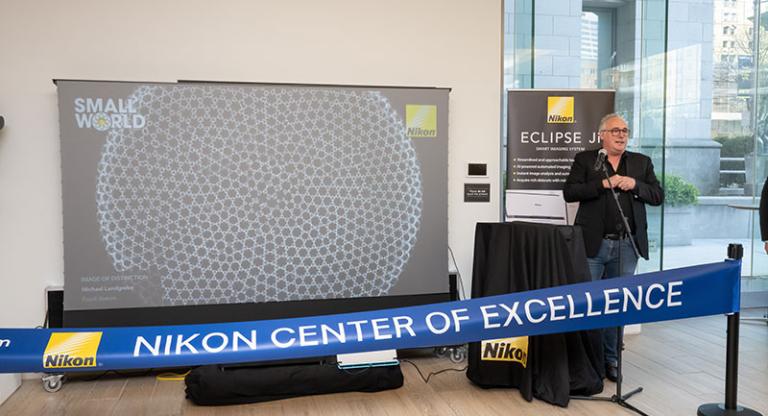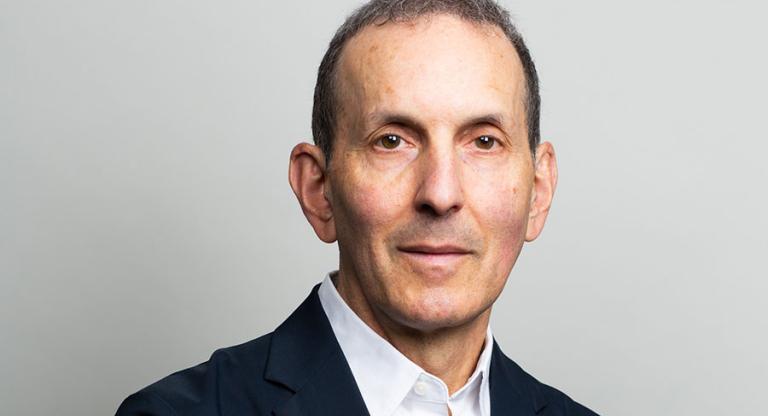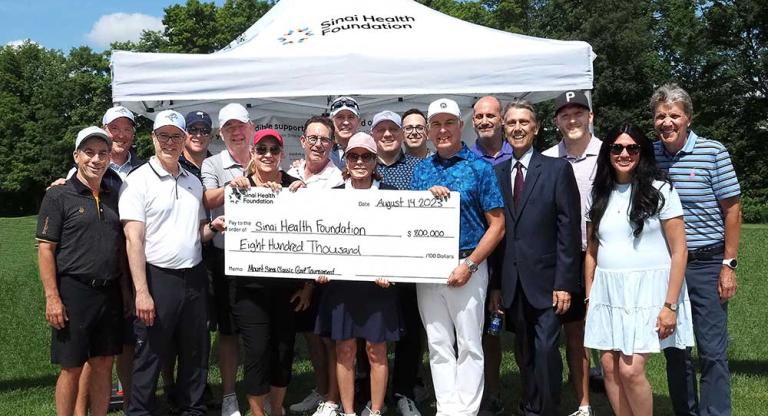Meet the Minds: Dr. Carolyn Steele Gray is blazing a trail for digital health innovation and gender equity

In our Meet the Minds series, we’re opening the doors to the visionary researchers shaping the future of health care at Sinai Health. You’ll get to know the innovators behind the breakthroughs — their passions, discoveries and the impact they’re making on lives today and tomorrow.
Step into the science of turning good ideas into real-world solutions with Dr. Carolyn Steele Gray, a Senior Investigator at Sinai Health’s Science of Care Institute and Lunenfeld-Tanenbaum Research Institute (LTRI). Dr. Steele Gray’s work in digital health innovation is improving the continuity of care for patients with complex needs, while her advocacy for women in science paves the way for more inclusive health care and health services research.
Q: Can you start by explaining the problem patients face and why the Digital Bridge app is such an important solution?
Dr. Carolyn Steele Gray: Patients with complex needs – chronic illness, social challenges, mental health issues – often cycle in and out of hospitals because their many different needs can’t be met in our fragmented health-care system. This isn’t just a Sinai Health problem; it’s a global one. Hospitals, primary care and community services don’t communicate as well as they should, so patients fall through the cracks.
Our research showed that patients felt invisible while in the hospital and when going home, and clinicians were stuck repeating themselves. The lack of communication was a major gap. So, we worked with patients, clinicians and our partners at Trillium Health and Careteam, to build the Digital Bridge to address these gaps, and help to improve coordination so patients are supported beyond discharge. We’re tackling the revolving door problem by making sure patients, caregivers and providers have the information they need to help smooth that transition back into their communities.
Q: What will the patient journey look like now with Digital Bridge? Can you walk me through a scenario?
Imagine a patient named Maria, who has diabetes and heart disease. When she is admitted to the hospital, her care team initiates the Digital Bridge app, which becomes a shared hub of information. Her care plan, which includes her goals for her health and wellbeing, is visible to her family caregiver, primary care provider and hospital team. Her anticipated discharge date is updated in real-time, giving her caregiver time to prepare. Instead of just receiving a stack of paper instructions, Maria can also access all necessary resources digitally. If she has a question post-discharge, she has a list of connections and resources she can go to, and her primary care provider has more information to help support her now that she’s back home.
Want to support more innovation like this at Sinai Health? Donate todayto drive the next discovery. Please select Research - Lunenfeld-Tanenbaum Research Institute from the gift designation dropdown menu.
The science of bridging research and real-world practice
Q: Your research focuses on implementation science – can you explain what that is in simple terms?
Implementation science is about making sure that innovative solutions, like the Digital Bridge, don’t just exist but actually work in real-world health-care settings. It’s not enough to build a tool, we need to understand how it fits into workflows, how people will use it and what might make it difficult to use.
Q: What drew you to this field?
I’ve always been interested in how systems work and how we can improve them. Health care is full of great ideas, but many don’t make it into practice. I wanted to understand why and help bridge that gap. My passion lies in ensuring that innovations make a tangible difference for both patients and providers.
Turning advocacy into action: Championing women in science and leadership
Q: You’ve been involved with Women Who Lead, an organization focused on increasing the number of women in senior leadership roles in health care. What are some of the biggest barriers women face in advancing to leadership positions?
Despite making up the majority of the health workforce1, women are still hugely underrepresented in leadership. Issues like pay inequity, absence of female mentorship and systemic bias persist. Women often feel the need to overprove themselves and many experience imposter syndrome – the feeling that their success is undeserved.
Q: How do you see the role of mentorship in this context?
When I mentor students, they often express doubts about pursuing roles where they don't see people like themselves. As mentors, we must create opportunities for them to connect with those in such positions and learn what it takes to succeed. Sponsorship is crucial; it's not just about encouragement but actively advocating for them by providing tangible opportunities. I've advanced in my career thanks to mentors, women and men, who sponsored me and placed me in influential situations.
Q: You recently attended an event hosted by The Neighbourhood Organization and Michael Garron Hospital in celebration of International Day of Women and Girls in Science, where high school students had the opportunity to explore careers in health research and connect with professionals in the field. What advice would you give to young women pursuing careers in health research and innovation?
Surround yourself with a strong support network. Find those who don’t just mentor you, but sponsor and champion your work and help you to be bold and take risks. Be confident in your abilities and know that your voice and perspective matter. In my own work, I’ve seen firsthand how teams inclusive of people from different backgrounds and ways of thinking can solve problems more creatively and effectively. That’s why I’m intentional about creating opportunities for folks who don't usually get a chance to be a part of these projects. Science and health research need more diverse voices, and that includes yours!
How you can help
Dr. Carolyn Steele Gray’s latest project is not just about technology, it’s about reimagining how health care is delivered. Through her leadership in digital health innovation and her dedication to mentorship and gender equity, she is paving the way for a more inclusive and effective health-care system.
Want to support groundbreaking research like this? Donate today and help advance the next breakthrough. Please select Research - Lunenfeld-Tanenbaum Research Institute from the gift designation dropdown menu.
1 World Health Organization. (2024). Closing the leadership gap: gender equity and leadership in the global health and care workforce. https://www.who.int/publications/i/item/9789240025905


